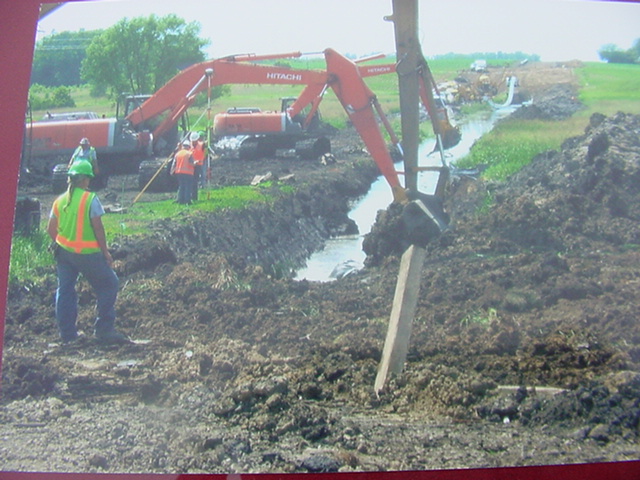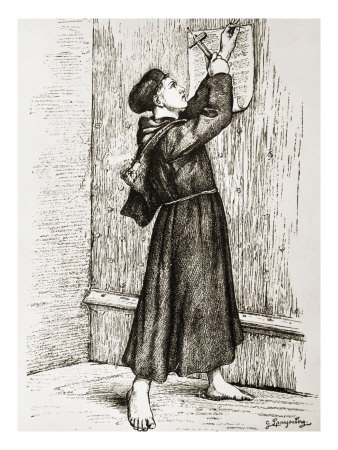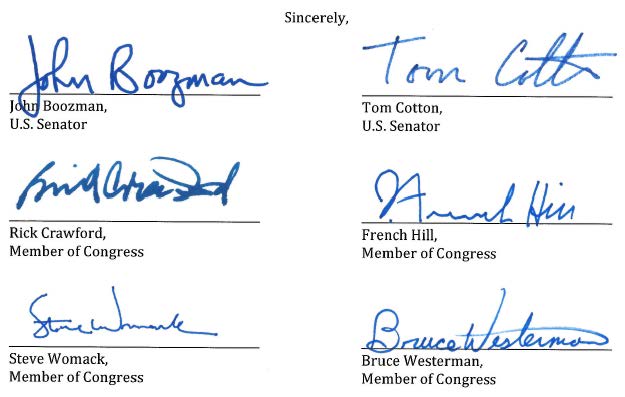Arkansas Delegation, Section 1222, and Clean Line
September 15th, 2015
Yesterday, the Arkansas Delegation hit Plains & Eastern Clean Line where it counts — a line drive to the Secretary of the DOE with this letter:
Maybe this letter should have been headed “FREEDOM OF INFORMATION ACT REQUEST.” Plains & Eastern Clean Line applied under Section 1222 of the Federal Energy Policy Act of 2005.
For reference, here’s Section 1222 of Energy Policy Act 2005.
Many of the points raised were ones brought forward in testimony, public comments, and media reports of the Plains & Eastern Clean Line transmission line proposal. Questions the AR delegation raised include basic project information and:
- transactions and costs related to participation in Section 1222;
- obvious failure to qualify because it is not in a “national interest electric transmission corridor” under Section 216(a) of the Federal Power Act;
- improper use of Federal eminent domain authority undermining states’ rights;
- that the project is outside the statutory mission of federal Power Marketing Administrations (Southwestern PMA is proposed by Plains & Eastern Clean Line as partner in its project);
- project boundaries extend beyond the statutory boundaries of Southwestern Power Administration;
- costs for this private project could be transferred to electric utilities and their customers and this possibility has not been walled off/mitigated to insulate Southwestern’s customers;
- concerns about “non-completion” assessment of costs and prevention/mitigation have not been addressed;
- Clean Line’s assertions that they will pay certain taxes to local communities have not been investigated and verified;
- use of existing federal rights-of-way and federal land;
- Clean Line’s substantially incorrect, misleading, and/or inconsistent statements, which are basis for rejection or denial of the application, have not been addressed;
- draft EIS “did not meet the expectations of an inclusive, community-driven feedback process” expected of administrative agencies, and public comment periods and involvement of landowners and stakeholders was insufficient public engagement;
- questions regarding tribal consultation; questions regarding DOE position on state’s role in siting under Section 1222;
- impacts of traversing Mississippi Flyway on waterfowl and migratory birds, together with resultant economic and recreational impacts;
- impacts on public recreation on outdoor recreation in Arkansas;
- use of non-governmental email accounts for Department deliberations regarding this project.
Like WOW! I’m impressed — this letter is a work of art.
At long last, EIS is required for Certificate of Need
September 14th, 2015
 Putting MinnCan pipeline through the Nietes field
Putting MinnCan pipeline through the Nietes field
Today the Minnesota Court of Appeals finally determined that under the Minnesota Environmental Policy Act, a full Environmental Impact Statement, not the abbreviated “Environmental Report,” is required. I’ve been before the Appellate Court, the Public Utilities Commission, the Administrative Law Judge, in Comments to the Dept. of Commerce, and at the Rulemaking Advisory Committee for Minn. R. ch. 7849 how many times on this?!?!? … sigh… OK, whatever…
Sent this to the PUC’s rulemaking staff because we’ve got to make sure the Certificate of Need rules are in line with this decision:
So back to today’s Appellate decision — I’m glad they’re finally acknowledging this problem. Very, very glad to see this order to remand to the Public Utilities Commission for a full Environmental Impact Statement, as required by the Minnesota Environmental Policy Act.
Here is the decision:
Here’s the meat of it — it’s so simple — why did it take so long?
The rulemaking process — nothing changes…
September 13th, 2015
Many thanks to the “little birdie” who brought this decades old report to my attention:
Yes, this is a report from the Minnesota Legislative Auditor from 1993, and if you read it, you’ll see little has changed is so many years… The issues raised are issues we’ve been raising in the Public Utilities Commission rulemaking for Minn. R. Ch. 7849 and 7850 (Certificate of Need and Siting/Routing). AAAAAAAAAAAACK!
For example, from the Summary:
For example, in the PUC Rulemaking for 7849 and 7850 (PUC Docket 12-1246), it’s been an over two-year-long process, and few are showing up anymore. We weigh in, some things are taken into account in the drafts, and then that disappears from the next draft. How can it feel like anything but a colossal waste of time? Yet if we weren’t there, the utilities would get everything they want. And as with the utility Certificate of Need and Siting/Routing processes, rulemaking has the same notice and public participation problems. It’s all the same, deja vu all over again.
… and also from the report …
Does this sound familiar?
So what is the bottom line of this report?
Also, we recommend the following additional changes to the Administrative Procedure Act:
… and …
In addition to changing the APA and other statutes that govern agency rulemaking, we recommend that:
Hey, Red Wing, can we finish this project?
September 9th, 2015
Notice? For utility infrastructure projects? DOH!
September 6th, 2015
 NOTICE!!! Landowners need notice if their land is affected! Local governments and residents need notice if their communities are affected! Yes, posting something can have an impact!
NOTICE!!! Landowners need notice if their land is affected! Local governments and residents need notice if their communities are affected! Yes, posting something can have an impact!
Notice is something that’s been an issue in utility dockets, and transmission proceedings particularly, for a long, long time. It’s something we’re trying to address in the Minn. R. Ch. 7850 in our rulemaking advisory committee meetings over the last TWO PLUS YEARS!
Here are the latest Comments:
Why does notice matter? Well, there’s this thing called “Due Process.” Notice is a fundamental Constitutional Right. It matters because “NOTICE” often doesn’t happen. And it ties in with eminent domain, where land may Constitutionally be taken for public purpose projects with just compensation (and what is a “public” project? What is “just” compensation?) If you aren’t properly informed, have no notice, what does that do to your ability to participate?
In Minnesota, it’s a matter of law, clear, simply stated law:
Looking over posts and filings where this has happened, situations I’ve been aware of where landowners have been surprised at the last minute, too late to meaningfully participate in the proceedings, have filed Motions for Reconsideration, and have been to the Appellate Court on their behalf, it is SO frustrating. Looking at the many times I’ve tried to intervene, to have intervention deadlines extended in case landowners want to stand up, There’s no excuse. People should not be surprised at the last minute with a utility attempt to run transmission over their land.
It happened recently in the Great Northern Transmission Line routing docket:
ALJ Order filed, no RRANT intervention
It happened in CapX Brookings route and on CapX Hampton- La Crosse route:
- Cannon Falls (CapX Hampton- LaX route) example to go around county park and DOT prohibited intersection area:
Cannon Falls Beacon – CapX in the news!
Dakota County resolution about CapX 2020
CAPX APPEAL — DECISION RELEASED (includes Cannon Falls)
UPDATED Updated Minnesota Appeal Update
Initial Brief – St. Paul’s Lutheran School and Church and Cannon Falls Landowners
Reply Brief – Cannon Falls Landowners and St. Paul’s Lutheran School and Church
- Oronoco(CapX Hampton – La X route) enters “new route” proposal without notice to its own landowners:
Oronoco Twp’s Exhibit 89
- USDA’s Rural Utilites Service (CapX Hampton – La X) example:
RUS Reopens Comments on Hampton-LaCrosse
- Myrick Route (CapX Brookings) example:
Myrick route withdrawn
Myrick Route & How to find things on PUC site
- In particular this “Notice” which went out after all the hearings were over with no way to participate at all: Dec 30 Notice – Myrick Route
PUC chooses Belle Plaine crossing
- This is important to understand the set-up, and now this notice was snuck in at the last minute due to Applicant and Commerce disregard for objections of DOT, DNR and USFWS.
That’s enough examples to get an idea of the problem… but there are more that I can trot out if necessary. The notice provisions in Minnesota law and rule must be corrected.




